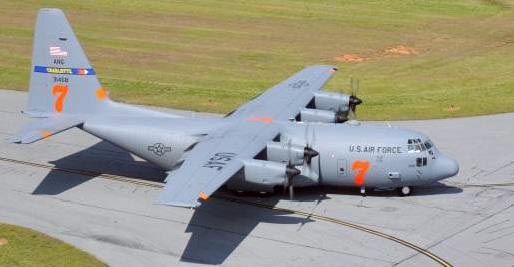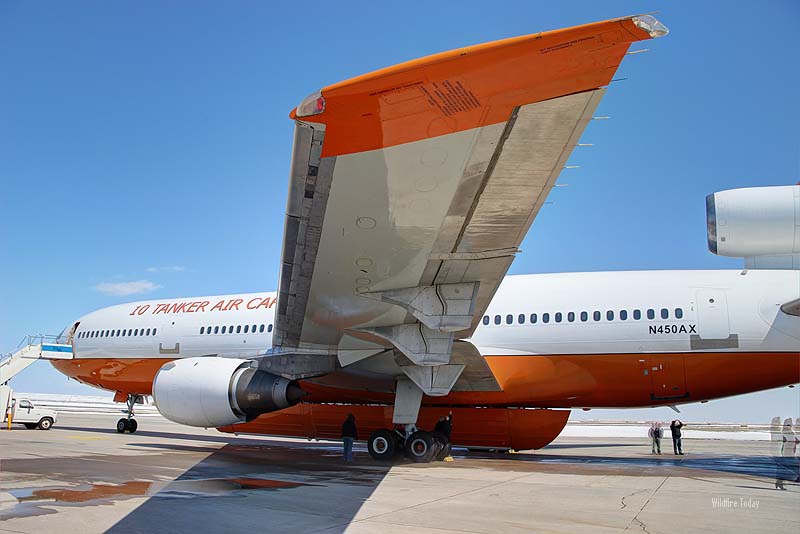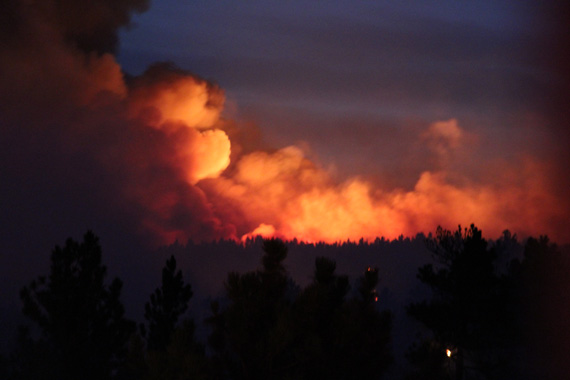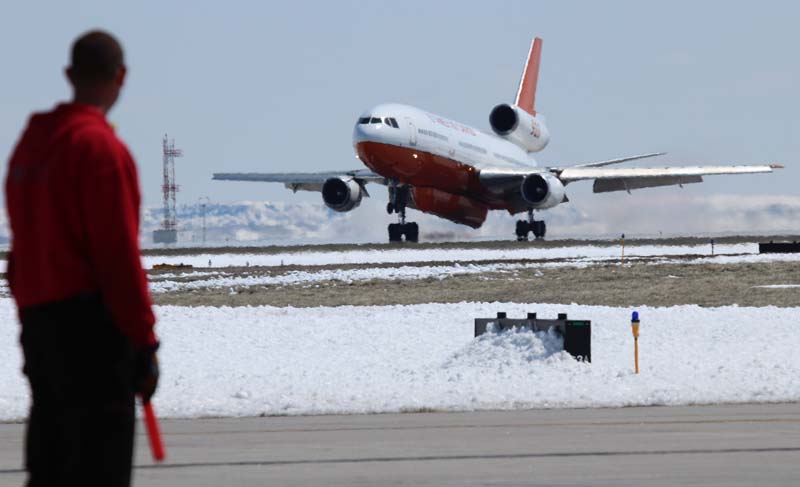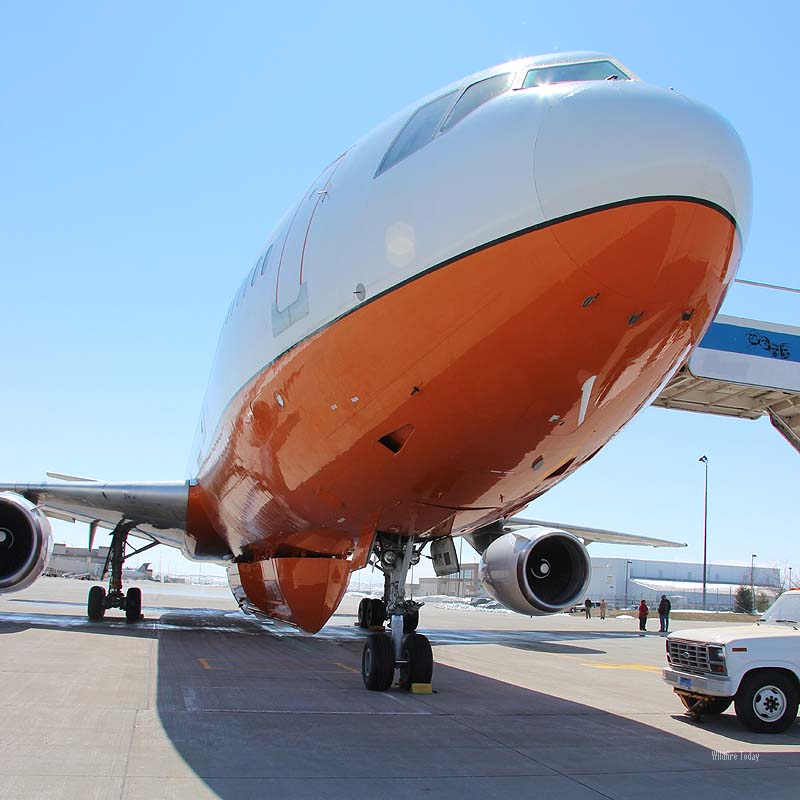There is an ongoing discussion about military air tankers vs. commercial air tankers in the comments below our article about the activation of two California National Guard C-130 Modular Airborne FireFighting Systems (MAFFS) air tankers. Some questioned using government resources when the services should be provided by private companies. The Economy Act of 1932 is frequently referenced during similar conversations, since it specifies the conditions under which a federal government agency can contract for services from another government agency.
The following is an excerpt from an article at the Department of Commerce:
The Economy Act of 1932, as amended, 31 U.S.C. § 1535, permits Federal Government agencies to purchase goods or services from other Federal Government agencies. An Economy Act purchase is permitted only if … the ordered goods or services cannot be provided by contract from a commercial enterprise, i.e., the private sector, as conveniently or cheaply as could be by the Government…
The interpretation of this as to how it applies to using military air tankers could get complicated if the requesting agency, i.e., U. S. Forest Service, makes a determination, honestly and without bias, about the existing need for air tankers. For 10 years the leaders of the USFS and the Department of Agriculture have been saying they have plenty of resources to fight wildfires, in spite of continuing budget reductions and increasing numbers of acres burned. In 2012 they were comfortable with 11, and later 9, large air tankers, even though some of the 7 air tanker studies they commissioned since 1996 have recommended 35 or more. And even though we had 44 in 2002.
Fast, aggressive, initial attack on new fires is necessary to reduce the number of fires that become megafires. This can save taxpayers money, and save lives as well. (Last year in Colorado six people died in wildfires.) Even if all of the 8, or later this year possibly 15, federal air tankers are not at the moment committed to ongoing fires, how many air tankers should we actually have standing by, ready for fast, aggressive initial attack? If they are all committed to fires, that would leave none, and that’s not an intelligent strategy.
If we actually need 25 or 35 or 45 large air tankers for ongoing fires and for initial attack, having only 8 or 15 on contract could continually justify implementing the Economy Act of 1932 to hire the 8 military MAFFS air tankers. But of course that is not feasible… or smart.
The logical strategy is to adequately fund a viable fleet of 25 to 45 modern, safe, large, very large, and scooper air tankers, consisting of an assortment of sizes and capabilities.
And the usual disclaimer: air tankers don’t put out fires. Under the right conditions, they can slow them down, allowing ground-based firefighters the opportunity to extinguish them. A drop from a helicopter or air tanker is usually only effective if it can be followed up by personnel on the ground.

